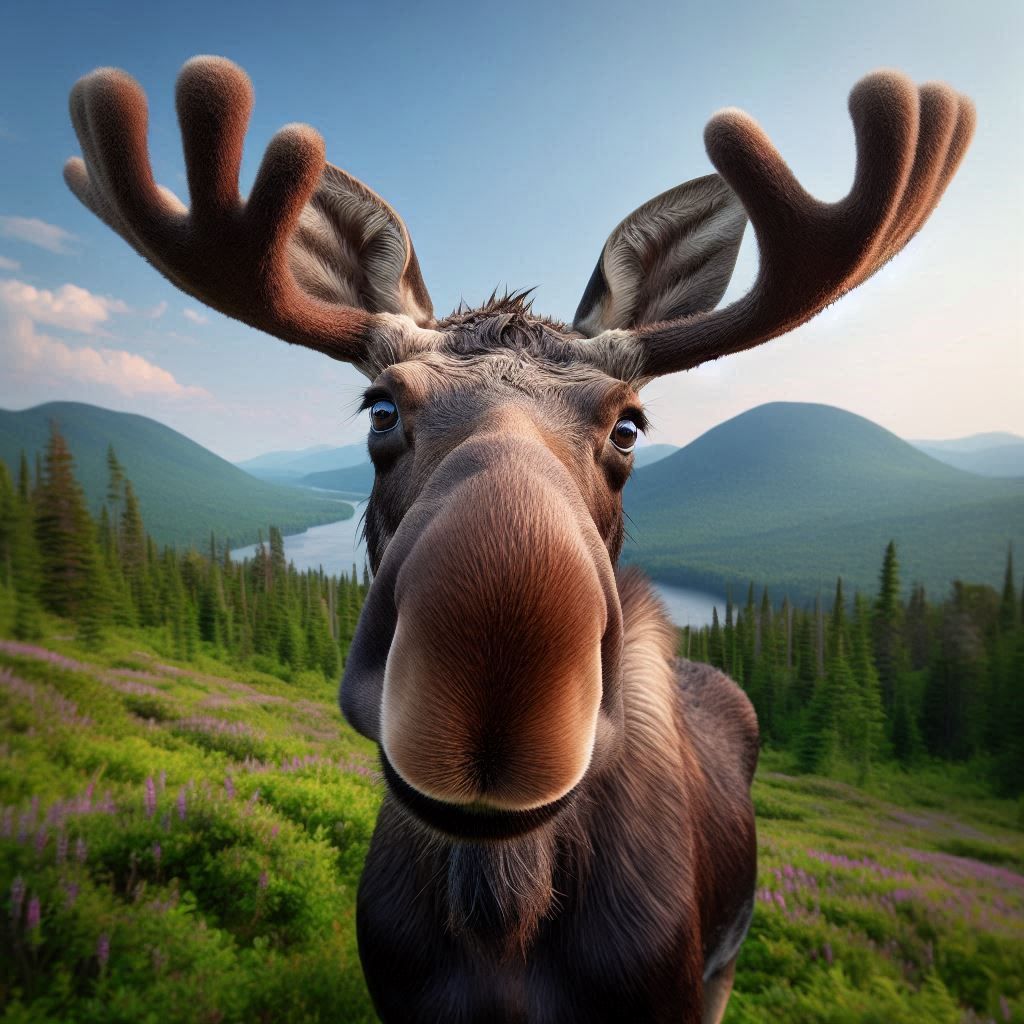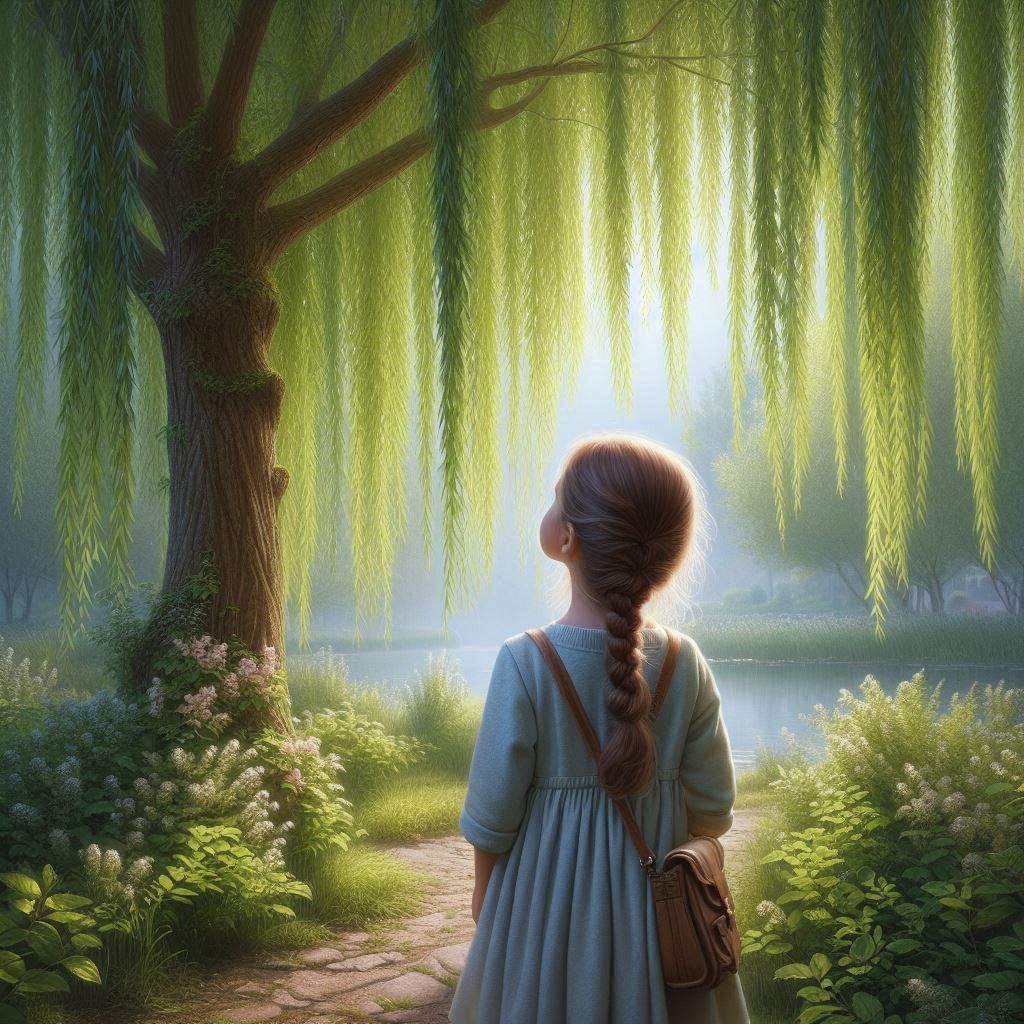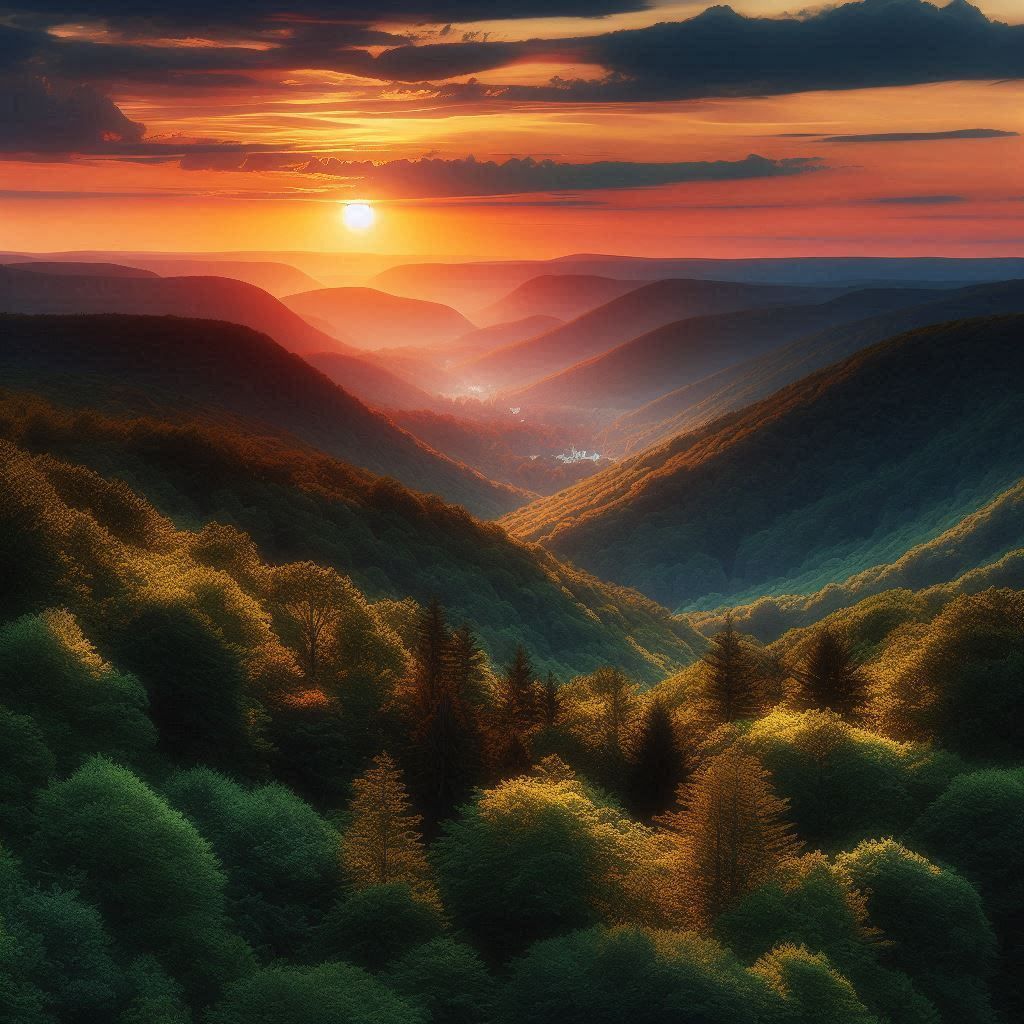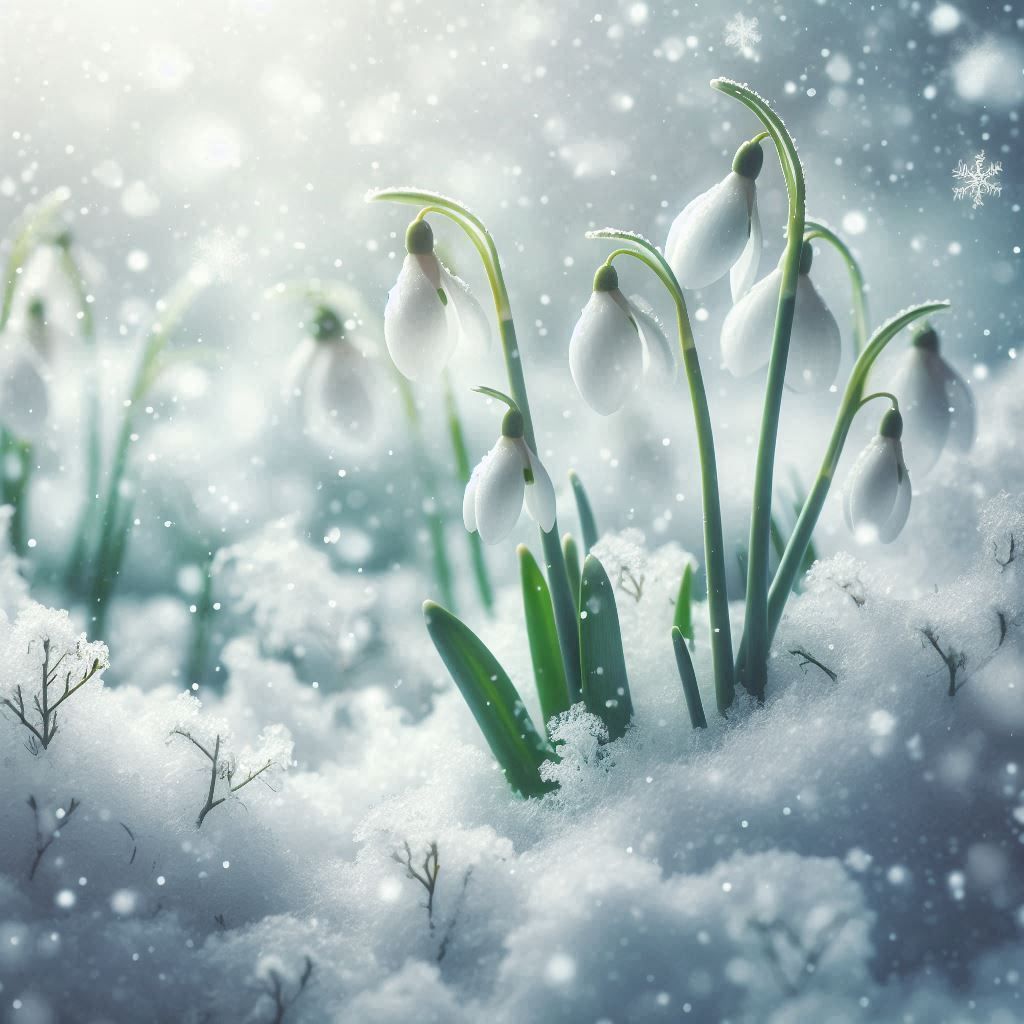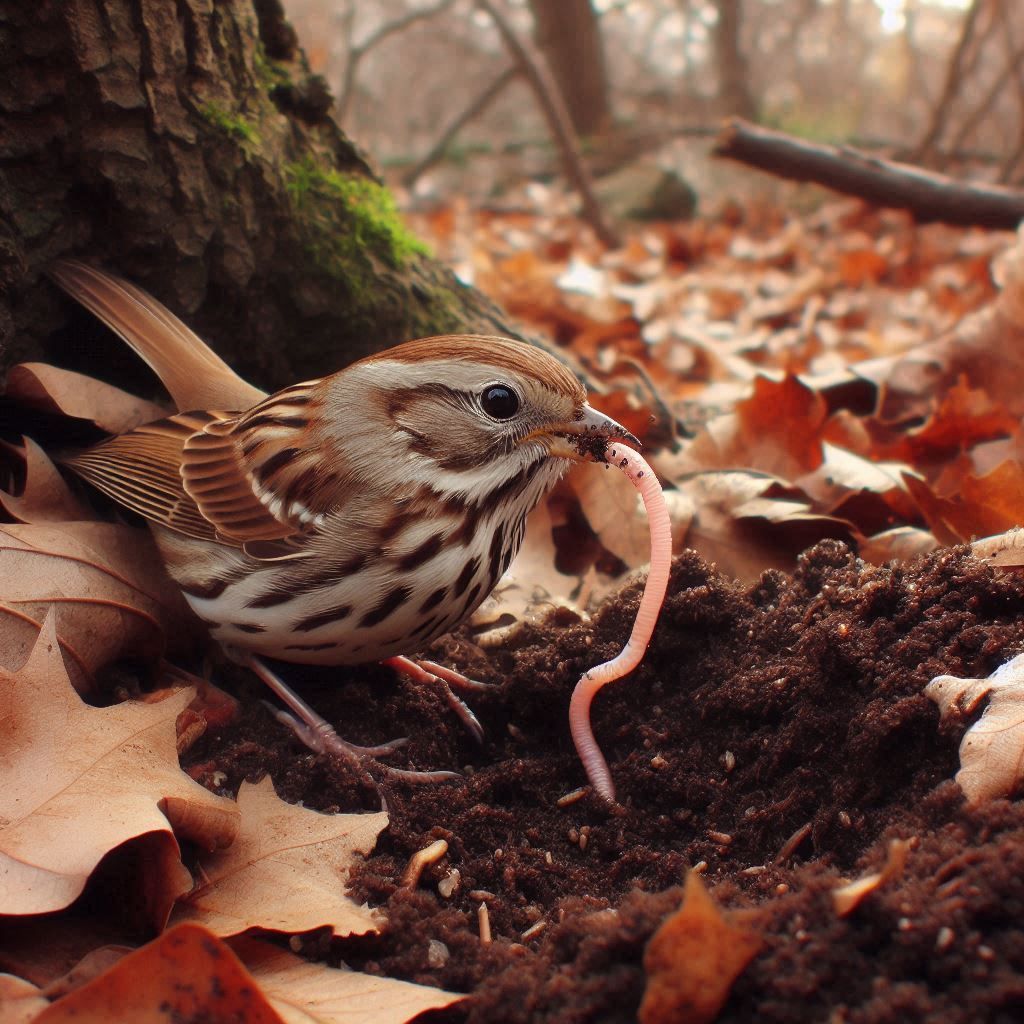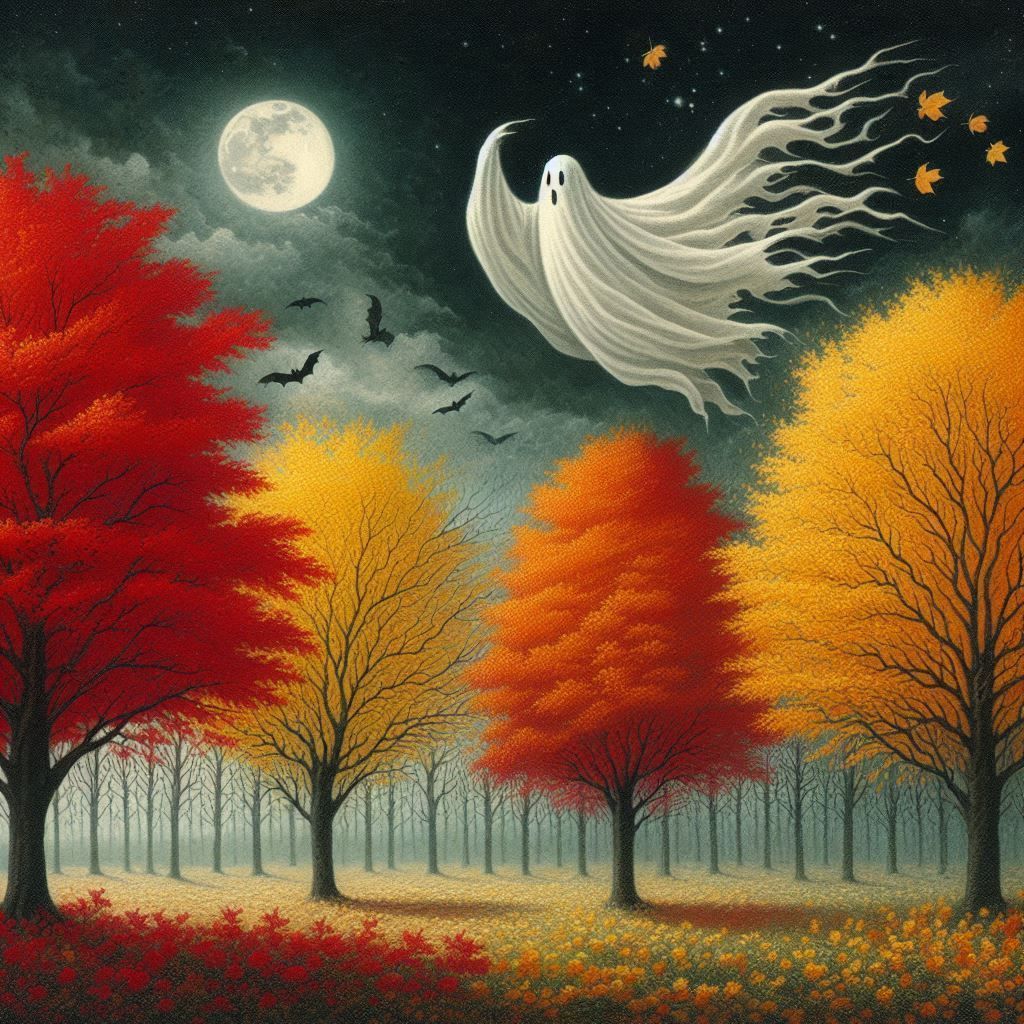The Old Woman
With the new year has come the old woman. Outside my cabin’s windows, she clutches the gutters with long, icy, gnarled fingers that end in tips as sharp as the sharpest claws. Her windswept white hair flows over the roof and, like Rapunzel’s mane, cascades down and spreads across the earth.
Pure white too is her sweeping cloak of rumpled fur. Above her wrap, her face is craggy and covered in gray splotches. Beneath the gray is skin that ranges in color from a pale glacial blue to a bright cerulean. Her colorless eyes are often dull, clouded, and rheumy, sometimes spilling over with cold, crystalline tears that catch the wind and fly through the air in wild abandon. Landing, they coat whatever they touch with a frosty glaze that, with more tears, thickens into a heavy frosting.
The old woman’s bones creak and crackle. Her voice is raspy and hoarse. She mutters, moans, howls, and shrieks. Her bitterly biting breath stings the flesh and can come in gusts forceful enough to jostle people, swerve moving vehicles, rattle houses, and fell trees.
The old woman is harsh and fierce. Like the grande dame of all living, Mother Nature, she has a wicked sense of humor, and she does not suffer fools gladly. Yet, beneath the bedlam’s dark, unforgiving exterior is sheltered a tender, nurturing heart.
For the old woman is a reservoir of that which is essential for existence. Because of her, groundwater aquifers are replenished, and soil is watered gradually and therefore deeply without wasteful surface runoff. She assists in regulating global temperatures and keeping Earth’s surface cool enough to support life.
Because of the old woman, plants are made tougher, more resilient, and adaptable. While at the same time, she offers insulation from killing extremes in temperature and feeds vegetation with a gentle, natural fertilizer boost of nitrogen that she gathers and brings down from the atmosphere.
As she does with the flora, the old woman makes the fauna, including us humans, tougher, more resilient, and adaptable. Perhaps only for us, she brings sublime beauty into the world to amaze, awe, and fall in love with. She provides mystery to strengthen our powers of insight and intuition. If only we can and will cooperate, she grants us a time to slow down, quiet, rest, rejuvenate, reflect, plan, contemplate, have fun, and delight in her wonders. In her wisdom, the old woman does all these good things for us.
If it has not already become apparent, the old woman is none other than winter personified. Much of the above description of her is my own, but I am hardly the first to portray winter as a female. Not by a long shot. Numerous cultures from various countries and time periods have defined winter as being feminine. (Sorry about that, Old Man Winter and Jack Frost, but you, my dear sirs, are largely outnumbered.) My favorite, and what I have built upon for my own representation, is the Gaelic version where she is a giant and goddess called Cailleach. The name Cailleach means “old woman,” as well as “hag” or “crone,” “wise woman,” “creator,” and there are additional translations too.
I know some may take offense at the words hag and crone, but originally those words were intended to refer to an older woman who is superhuman and profoundly wise. Cailleach is only one of such females. Many others appear in much of the world’s mythologies, folklores, and religious scriptures. Take, for example, the goddess of old age, Elli, from Norse mythology who defeats in a wrestling match Thor, god of, among other things, strength. Or consider the fairy godmother in a fairytale. Then there’s the Tanakh, the Jewish Bible, along with the Old Testament of the Christian Bible where wisdom is described as a mystical female so ancient she was present at the beginning of creation and so transcendent she was made privy to divine mystery. (Proverbs 8.)
I personally think we ladies should take the words hag and crone back. Let us seize control from those who twist them to oppress us and have them serve instead as proud reminders of our rightful powers of wisdom and mystery. Superpowers that blossom with age that can and should be used to live up to what has always been known and expected of us.
According to Gaelic mythology, as a creator, Cailleach is not only winter’s inventor and perpetual provider, she is also responsible for having constructed the landscape of Scotland, Ireland, and the Isle of Man. It is said that where she pierced the ground with her staff, water sprang to the surface and formed rivers and lakes. Smashing the ground with her hammer, she made valleys and coastlines. With boulders she carried on her back or in her apron, she erected mountains.
I suppose it is because of my lifelong enchantment with my native Allegheny Mountains that I often wonder at Cailleach. Adding to my fascination is that my maternal great-grandfather was from Scotland. So it charms me that the Appalachian Mountains and the Scottish Highlands were once, hundreds of millions years ago, part of the same mountain range, the Central Pangean that ran through the supercontinent of Pangea. Eventually, the collisions of tectonic plates fractured Pangea and split the Central Pangean Mountains into separate mountain ranges that drifted apart atop their severed landmasses on the newly opened North Atlantic Ocean.
At least, that is the scientific explanation of how the Appalachian Mountains and Scottish Highlands came to be divided, and I believe it. However, I still cannot seem to stop myself from speculating about Cailleach and the mythic role she has played in the creation of the mountains I have loved since childhood.
One of the myths surrounding Cailleach claims she built the mountains as her steppingstones. Although when I look out at the low, softly rounded Alleghenies, I routinely liken them to either voluptuous women in repose, squat and stoop-shouldered grandmas, or the burial mounds of dead goliaths, it is similarly easy to picture them as the steppingstones of an enduring giant.
And while I know the Appalachians once rivaled the Himalayas in height, shape, and ruggedness and that it is the work of weather and water that has eroded them to the gentle, rolling ridges they are today, I can still visualize a towering, hoary, heavy-footed sage of a female immortal wearing them down with her roaming. Which inspires me to further imagine that after
the Central Pangean Mountains fragmented and the present-day Scottish Highlands and Appalachian Mountains moved away from one another, Cailleach began dividing her time between the two. Conceivably then, the Appalachians are her second home. And because I cannot fathom it being any other way, her beloved happy place. As it is mine.
In any case, I think Cailleach is wonderful, and I cherish all the old woman’s gifts. Gifts like the dramatic icicles that decorate my home, their reflective translucence brightening even the dreariest of days. Or the snow, the silent white that quenches, feeds, hushes, and cools the Earth and is so pure and magical I cannot shake the notion that it must have had its genesis in a child’s dream. Soon after and by some miracle, upon the child’s awakening, the snow dream came true.
Wonderful too the old woman’s skies that change like moods and her wind that invigorates by day and hums, whistles, croons, and belts out cradlesongs by night. Most wonderful of all is the wisdom and mystery she offers, even though one requires tolerance of hard, even brutal lessons and the other acceptance of the typically frightening unknown.
Of course, there is nothing factual or scientific about Cailleach. She is nothing but a myth. Be that as it may, I believe myths, as well as folktales hold tremendous power and subtle truths, and in an odd, paradoxical way, the outlandish, unbelievable fictions they tell make those stories more down-to-earth and relatable. The other beautiful thing about any myth or folktale is that it can evolve. Such a story is like a kaleidoscope. You pick it up, hold it to the light, give it a little twist, and the colors and shapes within form a whole new pattern.
In this way, old stories remain continually new, relevant, interesting, and pointing the way to ever higher truths. They grab out attention and get us to wondering and wanting to know more about the marvels of this world. They help us to appreciate and care for what we have on this, our glorious good Earth.
And for that, I am truly grateful to the old woman and her timeless clan.
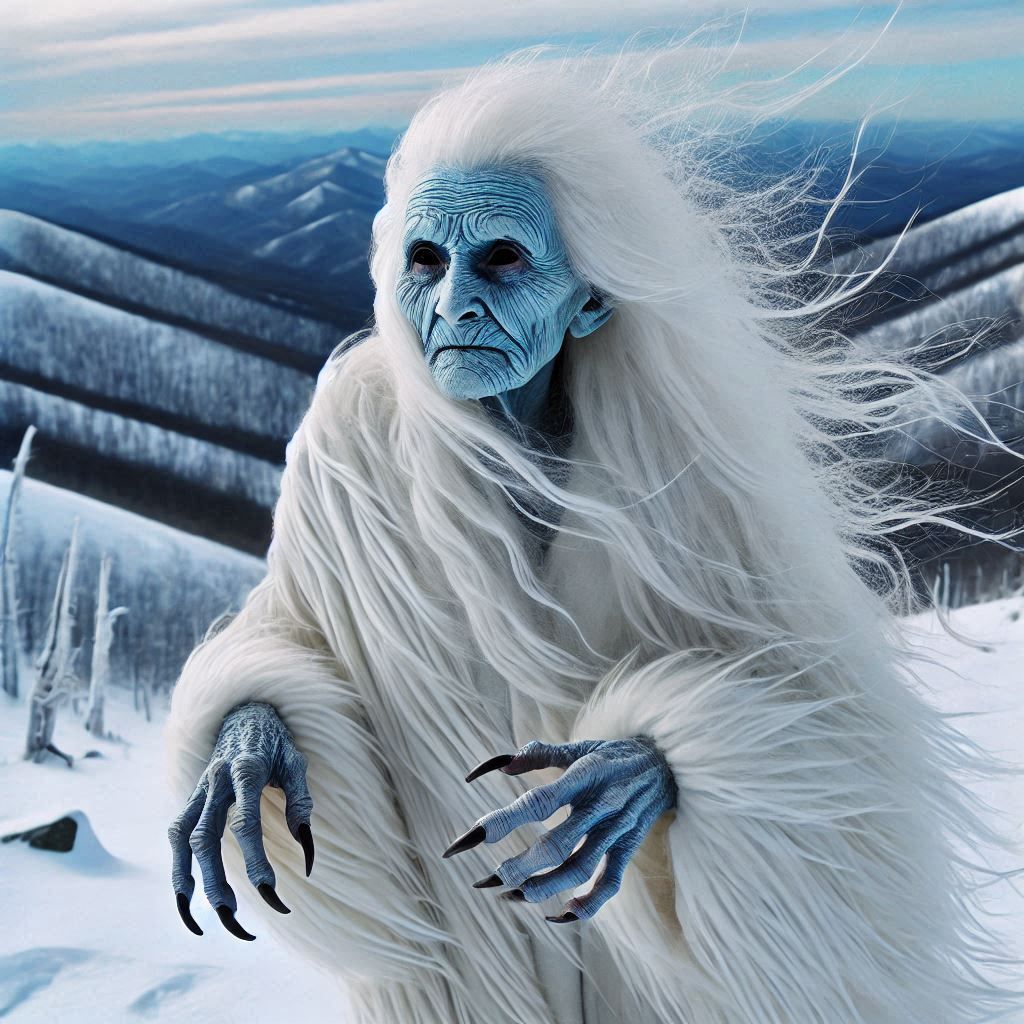
Credit: Bing Image Generator
Share this post via
